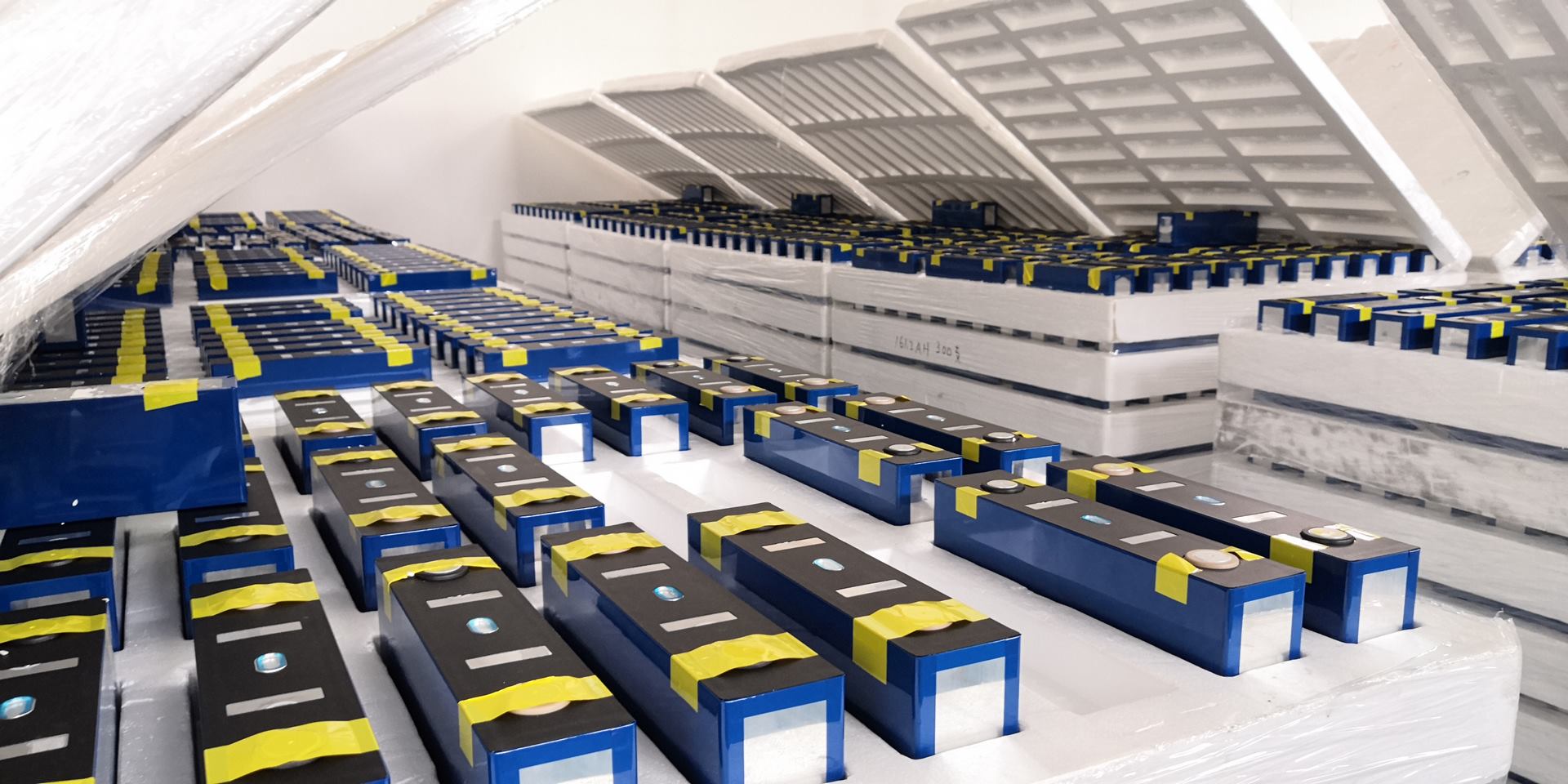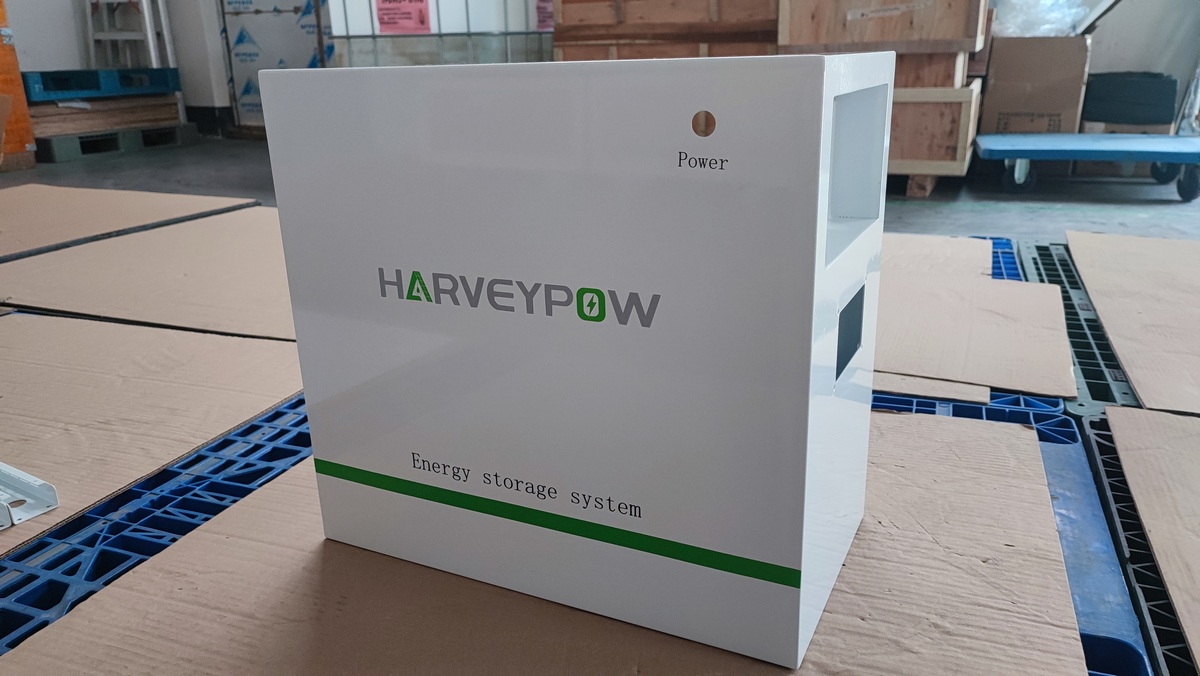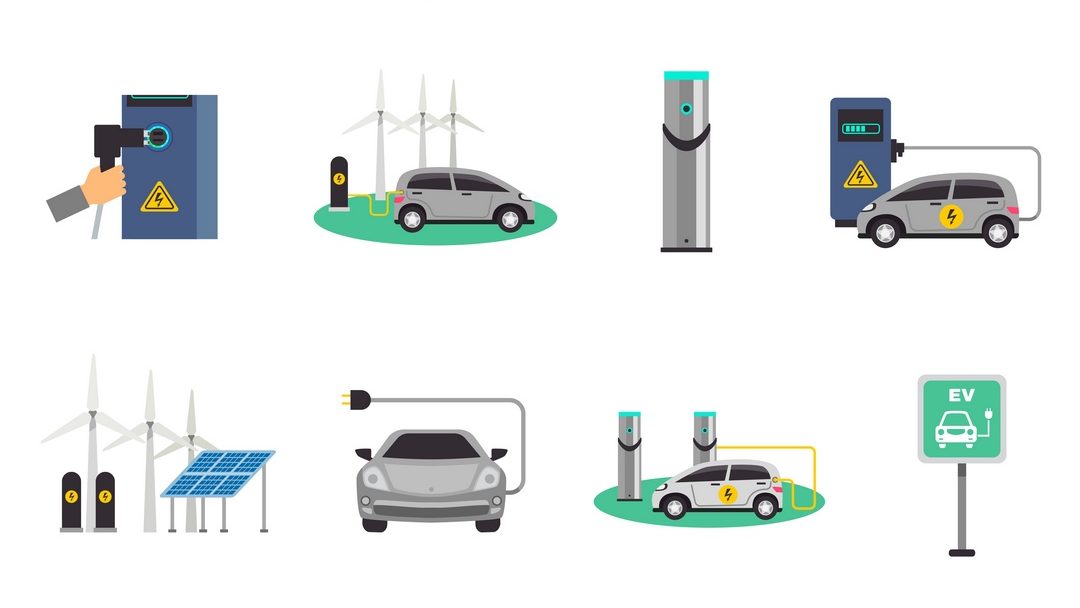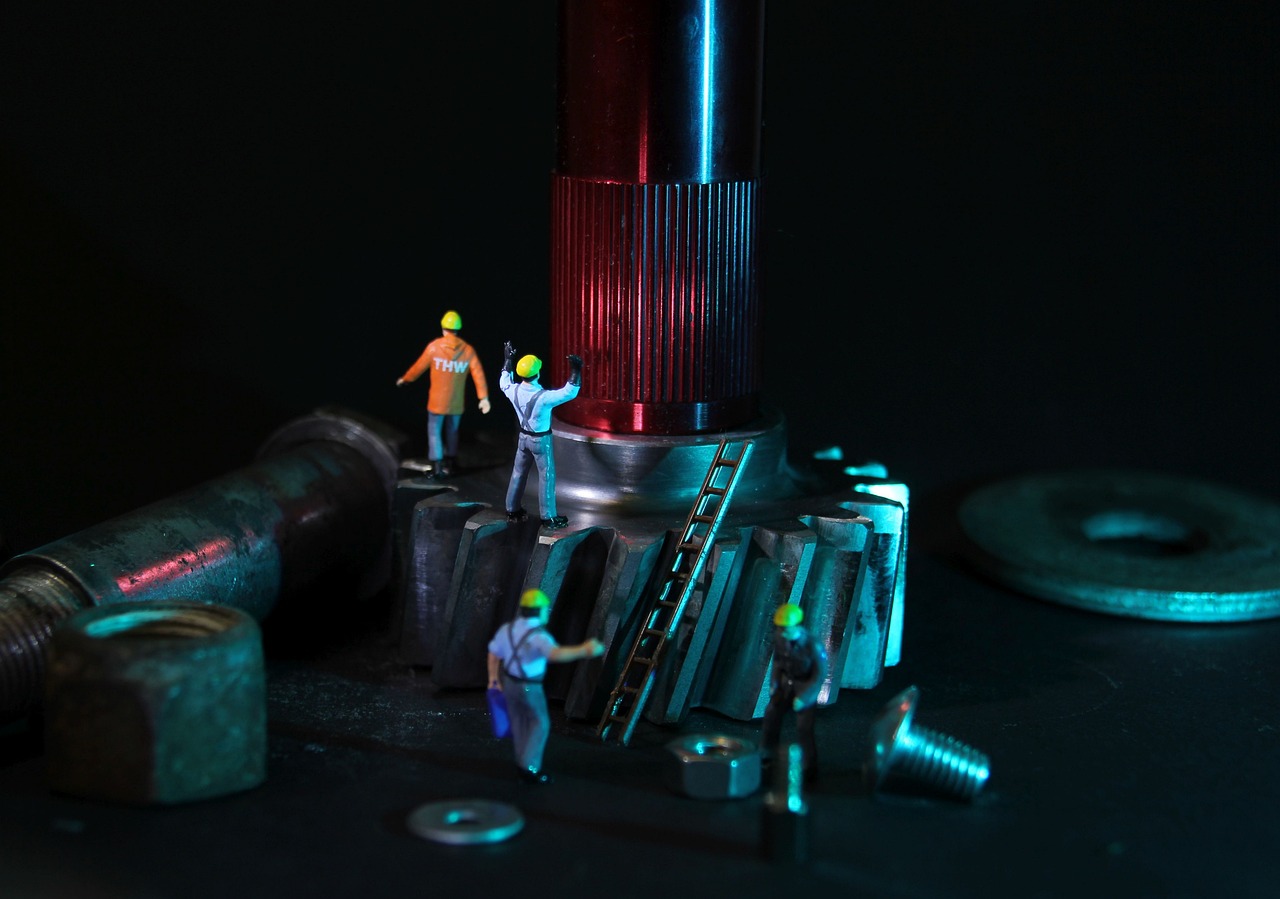Mastering The Basics: What Is A Lithium Battery?

Are you curious about the technology behind the battery that powers your smartphone, laptop, or electric vehicle? Look no further than the lithium battery.
Lithium batteries have become ubiquitous in modern electronics and transportation, but many people are still unsure about what they are and how they work. In this article, you will learn the basics of lithium batteries, including their composition, function, and advantages over other types of batteries.
As you delve into the world of lithium batteries, you will discover the different types of lithium batteries and their various applications. Whether you are a tech enthusiast, a professional in the electronics industry, or simply someone who wants to understand the technology that powers their devices, this article will provide a comprehensive introduction to the world of lithium batteries and equip you with the knowledge to make informed decisions about their use and maintenance.
So, let's get started and master the basics of what a lithium battery is!
Introduction
You're about to embark on a journey into the electrifying world of lithium batteries, where the power of these tiny energy sources will light up your mind like a bolt of lightning.
What does lithium battery mean? A "lithium battery" refers to a type of rechargeable battery that uses lithium as a core component in its electrochemical reactions. Lithium batteries have become immensely popular for a wide range of applications due to their high energy density, which allows them to store a significant amount of electrical energy in a relatively small and lightweight package. They are commonly used in portable electronics, electric vehicles, renewable energy systems, and even medical devices like pacemakers.
One of the key advantages of lithium batteries is their low self-discharge rate. This means that they can hold their charge for longer periods of time without needing to be recharged. In contrast, other types of batteries, such as nickel-cadmium batteries, can lose up to 20% of their charge per month, even when not in use.
Lithium batteries can also be recharged many times before they begin to lose their capacity, making them a cost-effective and environmentally friendly choice for powering devices.
Lithium-ion batteries, in particular, are becoming increasingly popular in renewable energy systems, such as solar and wind power. These batteries can store excess energy generated by these systems during peak production times and release it during periods of low production or high demand.
As the world continues to move towards sustainable energy sources, lithium batteries will play a crucial role in meeting the growing demand for reliable and efficient energy storage solutions.

Understanding Lithium Battery Definition and Composition
So you want to know what a lithium battery is made of and who invented it? Well, a lithium battery is made up of a lithium metal or lithium compound anode, a cathode made of materials such as cobalt, nickel, or manganese, and an electrolyte solution that allows the flow of ions between the anode and cathode.
As for who invented it, it was Stanley Whittingham who first developed the concept of a rechargeable lithium-ion battery in the 1970s, which was later improved upon by John Goodenough and Akira Yoshino.
What is a lithium battery made of?
Lithium batteries are composed of a highly reactive metal element, lithium, and various organic electrolytes. These electrolytes are typically made up of solvents and salts that allow the movement of lithium ions between the electrodes.
The electrodes themselves are made up of a variety of materials but commonly include lithium cobalt oxide, lithium iron phosphate, or lithium manganese oxide.
The casing of a lithium battery is typically made of metal or plastic and is designed to protect the delicate internal components from damage. Additionally, most lithium batteries feature a safety mechanism that prevents overcharging and overheating, which can lead to fires or explosions.
Understanding the basic components of a lithium battery is crucial for ensuring safe and effective use of these powerful energy sources.
Who invented the lithium battery?
It's incredible to think that without Stanley Whittingham, the inventor of the lithium battery, we wouldn't have access to the portable technology we rely on every day. Whittingham, a British chemist, discovered that lithium could be used as an anode material in rechargeable batteries while working at Exxon in the 1970s. He used titanium disulfide as the cathode, which made the battery lightweight and efficient. Although the battery was not yet practical for commercial use, it was the first step toward the development of the lithium-ion battery.
The next breakthrough came from John Goodenough, a professor at the University of Texas, who developed a cathode made of cobalt oxide that significantly increased the battery's energy density. This allowed for the creation of a practical lithium-ion battery that was first commercialized by Sony in 1991. Today, lithium-ion batteries are used in a wide range of applications, from cell phones and laptops to electric vehicles and renewable energy storage. All thanks to the pioneering work of Whittingham and Goodenough, who revolutionized the way we power our lives.
| Inventor | Year | Discovery |
|---|---|---|
| Stanley Whittingham | 1970s | Lithium as an anode material |
| John Goodenough | 1980s | Cobalt oxide cathode for increased energy density |

How Lithium Batteries Work
Understanding the inner workings of a lithium battery is like unraveling a mystery that holds the key to unlocking seamless and sustainable energy storage.
Lithium batteries are rechargeable batteries that use lithium ions to transfer energy between electrodes. They work by utilizing the chemical reactions between lithium ions and the materials in the battery's electrodes, creating a flow of electrons that can be used to power various devices and systems.
The battery contains a positive electrode made of a lithium metal oxide compound and a negative electrode made of carbon, which is separated by an electrolyte solution.
When a lithium battery is charged, lithium ions move from the cathode to the anode through the electrolyte solution. This process is reversed when the battery is discharged, with the lithium ions moving from the anode back to the cathode.
The movement of the lithium ions generates a flow of electrons, which can be used to power devices such as smartphones, laptops, and electric vehicles.
Lithium batteries are highly efficient and have a high energy density, meaning they can store a lot of energy in a small space. However, they can also be sensitive to temperature changes and can suffer from self-discharge if not used or charged regularly.
Understanding how lithium batteries work is key to maximizing their performance and ensuring they last as long as possible.
Types of Lithium Batteries
Get ready to explore the various types of Li-ion batteries and their unique chemistries. Lithium-ion batteries come in different shapes and sizes, each with its own set of advantages and disadvantages. The most common types of Li-ion batteries include Lithium cobalt oxide (LCO), Lithium manganese oxide (LMO), Lithium nickel manganese cobalt oxide (NMC), Lithium polymer batteries (LiPo), Lithium iron phosphate (LFP), Lithium titanate batteries (LTO), and Lithium Nickel Cobalt Aluminium Oxide (NCA).
To help you understand the differences between these chemistries, here's a table that shows their characteristics:
| Chemistry | Energy Density | Cycle Life | Cost | Safety |
|---|---|---|---|---|
| LCO | High | Moderate | High | Low |
| LMO | Moderate | High | Moderate | High |
| NMC | High | High | Moderate | High |
| LiPo | Low | High | High | Moderate |
| LFP | Low | High | Low | High |
| LTO | Low | High | High | High |
| NCA | High | High | High | High |
As you can see, the energy density of the battery chemistry varies greatly, with LCO having the highest and LiPo having the lowest. The cycle life, or the number of times a battery can be charged and discharged before it degrades, is highest for LMO and NMC. The cost of the battery chemistry is highest for LCO and LiPo, while LFP is the cheapest. Finally, safety is a concern for all types of Li-ion batteries, but LCO is considered the least safe.
When selecting lithium batteries for sale, it's important to consider the application and the specific requirements of the device. For example, if you need high energy density and the cost is not a concern, LCO may be the best choice. On the other hand, if you need a battery with a long cycle life and low cost, LFP may be a better option. Understanding the different types of Li-ion batteries and their characteristics can help you make an informed decision when choosing a battery for your device.

Advantages of Lithium Batteries
You'll be glad to know that lithium batteries have a higher energy and power density compared to other battery chemistries, which means they can store more energy in a smaller size and weight, making them perfect for portable devices and electric vehicles. This advantage allows lithium batteries to last longer than other battery types while providing the same power output.
Additionally, lithium batteries have a longer charge retention when not in use, which means they can stay charged longer without being used. Another advantage of lithium batteries is their repeated rechargeability with minimal memory effect. This means that lithium batteries can be recharged multiple times without losing their ability to hold a charge, unlike some other battery types that may lose their maximum capacity after a few recharges.
This makes lithium batteries a cost-effective option as they can be used for a longer period before needing replacement. Lithium batteries have distinct advantages in the chemical reaction process. Lithium is the preferred element for storing and delivering energy due to its high energy density and low atomic weight. This allows for a more efficient transfer of energy, resulting in a higher performance battery.
Overall, the advantages of lithium batteries make them a popular choice for a variety of applications, from portable electronics to renewable energy storage systems and electric vehicles.
What is a lithium battery used for?
If you're into gadgets, chances are you've used one of these powerful and long-lasting energy sources. A lithium battery is a type of battery that uses lithium ions to power up. These batteries are commonly used in various devices, including smartphones, laptops, cameras, and electric vehicles. Here are four things you should know about what lithium batteries are used for:
1. Portable devices
Lithium batteries are popular in portable devices because they're lightweight and have a high energy density. This means they can store a lot of energy in a small size, which is ideal for gadgets that need to be compact and easy to carry around.
2. Electric vehicles
When it comes to powering electric vehicles, the choice of battery technology is critical. That's where lithium battery replacements for lead-acid batteries shine. Lithium batteries have become the preferred option for electric vehicles due to their outstanding features and numerous benefits. They're lighter, have a longer lifespan, and can provide a higher power output.
3. Renewable energy storage
Lithium batteries are also used in storing energy generated from renewable sources such as solar and wind power. These batteries can store excess energy generated during peak hours and release it during off-peak hours when the demand for energy is high.
4. Medical devices
Lithium batteries are also used in medical devices such as pacemakers and hearing aids. These batteries are preferred because they last longer and have a higher energy density compared to other battery types. This means they need to be replaced less frequently.
| Application | Examples |
|---|---|
| Portable Electronics | Smartphones, laptops, tablets, cameras, drones |
| Electric Vehicles | Cars, buses, bikes, scooters |
| Renewable Energy Storage Systems | Solar panels, wind turbines, power grids |
| Medical devices | Pacemakers, hearing aids, etc |
As you can see, lithium batteries play a crucial role in powering our daily lives. They are also being explored for use in space exploration, where their high energy density and low weight make them an ideal choice. Despite their advantages, however, it is important to handle lithium batteries with care, as they can be dangerous if mishandled or punctured.
Lithium batteries are versatile and convenient sources of power that have revolutionized the way we use and store energy. From portable devices to electric vehicles, renewable energy storage to medical devices, these batteries have become an indispensable part of our lives. As technology continues to advance, we can expect to see even more innovative uses for lithium batteries in the future.

Safety Considerations and Best Practices
To ensure safe use of these powerful energy sources, it's important to follow best practices and take precautions when handling lithium batteries. Lithium batteries can be dangerous if not used properly. It's important to always follow the manufacturer's instructions and handle the batteries with care. Here are some safety considerations and best practices to keep in mind:
| Safety Considerations | Best Practices |
|---|---|
| Never expose the battery to extreme temperatures | Always store the battery at room temperature |
| Do not puncture or damage the battery | Use a protective case or cover for the battery |
| Avoid overcharging or overdischarging the battery | Use a charger that is compatible with your specific battery |
In addition to these considerations, it's important to always keep lithium batteries away from children and pets. These batteries can be very attractive to young children, and if ingested, can cause serious harm. It's also important to dispose of lithium batteries properly. Many electronic retailers offer battery recycling programs, or you can bring the batteries to a local recycling center.
By following these safety considerations and best practices, you can ensure the safe and effective use of your lithium batteries. Always remember to handle them with care and respect their power.
Lithium-ion Cell vs. Battery Pack
In the world of energy storage, the terms "lithium-ion cell" and "battery pack" often crop up in discussions surrounding portable electronics and electric vehicles. While they're interconnected, it's essential to grasp the fundamental differences between these two components that are pivotal to our modern lives.
Lithium-ion Cell: The Building Block
Picture the lithium-ion cell as the elemental unit—the brick in the battery wall. It's a self-contained powerhouse, encompassing all the essential components needed for storing and releasing electrical energy. Within this diminutive package resides a cathode (the positive electrode), an anode (the negative electrode), a separator, and an electrolyte. When you charge a lithium-ion cell, lithium ions migrate from the anode to the cathode. During discharge, they journey back from the cathode to the anode, creating the electrical current we rely on.
Lithium-ion cells come in a variety of shapes and sizes, tailored to suit specific applications. For instance, you'll find small cylindrical cells nestled within smartphones and laptops, while larger prismatic or pouch cells power electric vehicles and energy storage systems. The capacity of an individual cell is typically measured in ampere-hours (Ah) and voltage (V), with the voltage averaging around 3.7V per cell.
Battery Pack: The Collective Powerhouse
Now, let's zoom out to look at the bigger picture—the battery pack. It's a strategic arrangement of multiple lithium-ion cells, meticulously interconnected to meet the energy and power demands of a specific device or application. Beyond the individual cells, a battery pack includes additional components like a battery management system (BMS). This intelligent system keeps a watchful eye on the cells, ensuring they operate safely and efficiently.
The number of cells within a battery pack can vary significantly, tailored to provide the desired capacity and voltage. For instance, a smartphone battery pack might house just one or a few cells, while the battery pack in an electric vehicle could encompass thousands of cells, intricately organized into modules or layers.
In summation, the core divergence between a lithium-ion cell and a battery pack hinges on scale and purpose. A lithium-ion cell is the foundational unit responsible for storing and releasing electrical energy. In contrast, a battery pack represents the grand ensemble, featuring multiple cells, often with added management and safety features. Understanding this distinction is essential when assessing and engineering energy storage solutions for the myriad devices and systems that define our contemporary world.
Future Trends and Innovations
Oh boy, you're in for a treat with the latest and greatest innovations in portable power sources!
As technology advances, it's becoming more common to see lithium batteries being implemented in a wider range of applications, the future of lithium batteries looks bright, with exciting developments in the works. One of the most promising trends is the pursuit of increased energy density, which will allow lithium batteries to store more power in smaller packages.
Another notable area of innovation is the push for faster charging times. Companies are developing new technologies that will allow lithium batteries to be charged more quickly than ever before, making them even more convenient for on-the-go use. Imagine being able to fully charge your phone or laptop in just a few minutes, rather than several hours!
More importantly, the future of lithium batteries is looking brighter than ever before with cool new techs like solid-state batteries and lithium-sulfur batteries on the horizon! These innovations are set to revolutionize the lithium battery market, making batteries smaller, lighter, more powerful, and more efficient.
Solid-state batteries, for example, use a solid electrolyte instead of a liquid one, which allows for a higher energy density and a longer lifespan. This technology is still in development, but it promises to be a game-changer for electric vehicles, consumer electronics, and renewable energy storage.
Lithium-sulfur batteries, on the other hand, have the potential to be even more powerful than solid-state batteries. They use a different chemistry than traditional lithium-ion batteries, which allows for a higher energy density and a lower cost. However, there are still some challenges to overcome, such as the instability of the sulfur cathode and the formation of a solid electrolyte interface.
Despite these challenges, many researchers and companies are working on developing this technology, and it could soon become a viable alternative to lithium-ion batteries.
There is a growing interest in recycling lithium batteries to recover valuable materials and reduce waste. As the demand for lithium batteries continues to grow, recycling will become increasingly important to ensure a sustainable supply of materials. Companies are already developing technologies to recover materials like cobalt, nickel, and lithium from used batteries, which could help reduce the environmental impact of battery production and disposal.
With these exciting developments on the horizon, it's clear that lithium batteries will continue to play a vital role in powering our modern world for years to come.

Conclusion
Congratulations! You've mastered the basics of lithium batteries. You now have a deeper understanding of what they are, how they work, and their advantages. But don't forget about safety considerations and best practices.
Always handle lithium batteries with care, and follow instructions carefully to avoid accidents. As you move forward, keep in mind the symbolism of the lithium battery.
Just like the battery, you have the power to recharge and energize yourself. You too can be a source of energy for others, powering them up and helping them reach their full potential.
So go out there and make a positive impact, just like the lithium battery.
Learn More Top Questions About Lithium Batteries!
